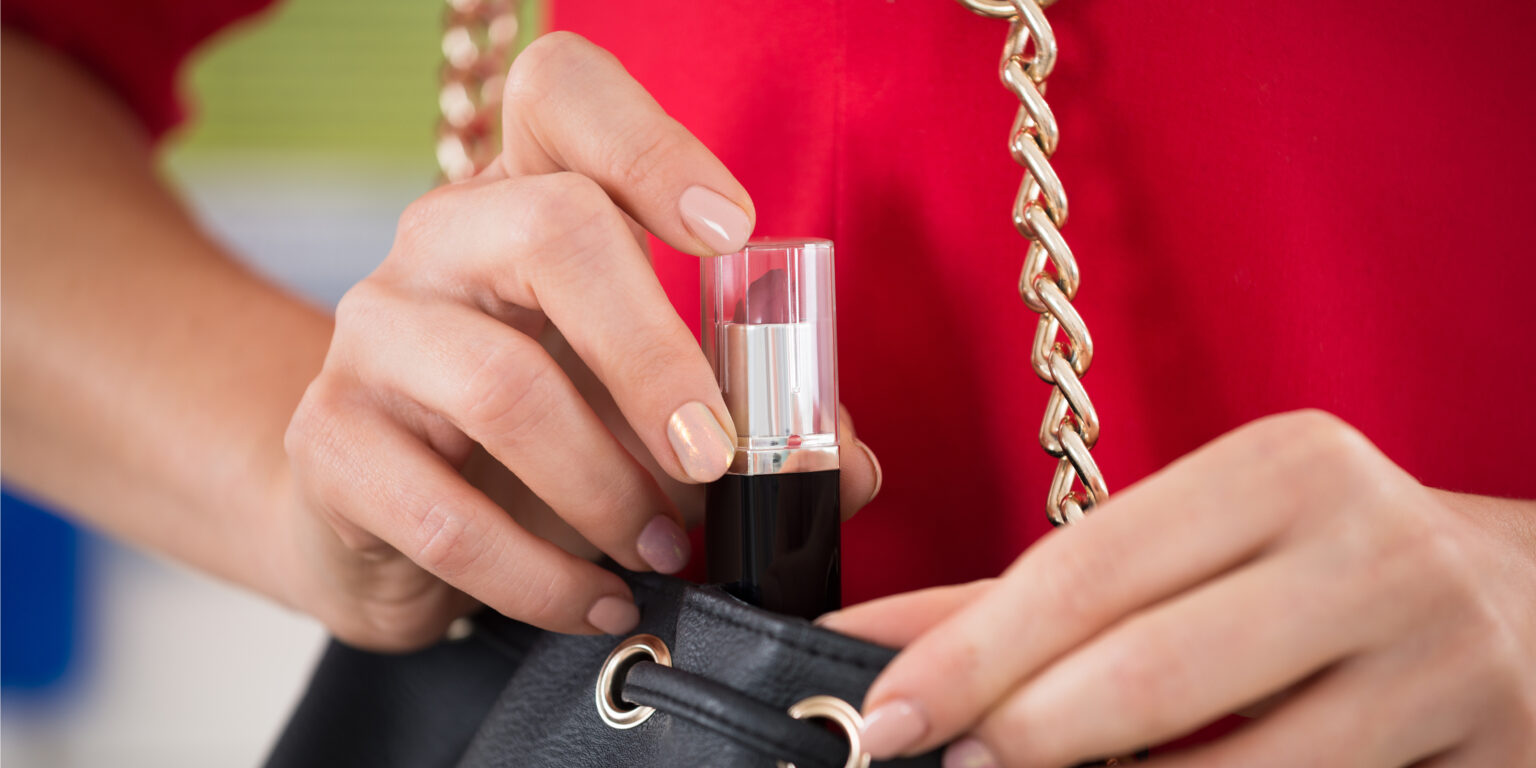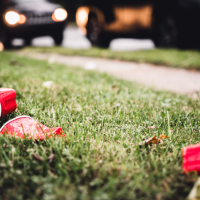Both kleptomania and traditional stealing are serious problems that are very harmful for both individuals and businesses. However, many people do not understand the fundamental differences between kleptomania and stealing. In this blog, we will break down each and explain the primary differences between the two.
What is Stealing?
Stealing is the act of taking something that belongs to someone else or to a business without permission. Stealing, when it involves taking goods from a store is commonly referred to as shoplifting. It is estimated that there are approximately 27 million shoplifters in America. The most common items that are stolen by shoplifters in America are:
- Chewing gum
- Advil
- The weight-loss drug Alli
- Cellphones
- Claritin
- Rogaine
- Red Bull Energy Drinks
- Dyson Vacuums
- Bumble and Bumble Hair Products
- Cover Girl Cosmetics
- Crest Whitestrips
- Deodorant
What is Kleptomania?
The Mayo Clinic defines Kleptomania as “the recurrent inability to resist urges to steal items that you generally don’t really need and that usually have little value.” Kleptomania is a psychological disorder that can cause a tremendous amount of emotional pain to the sufferer. Kleptomania is relatively rare, and only afflicts about .3 -.6 percent of the population.
Key Differences Between Kleptomania and Stealing
Kleptomania and stealing both involve people taking items that do not belong to them without permission. However, despite the fact that they involve similar actions, there are actually some important differences between them.
For example, kleptomaniacs do not usually plan to steal ahead of time, and they do not usually steal because they can’t afford to buy items or because they are supporting a drug habit. Instead, they steal simply because they have an impulse control problem. People who have kleptomania often feel strong levels of guilt after completing a theft. They often don’t want to continue stealing, but they can’t stop themselves.
Shoplifters on the other hand, usually plan to steal ahead of time and they frequently do so for financial reasons, peer pressure, thrill-seeking, to support a drug habit, etc. In fact, there are seven different categories of shoplifters and kleptomaniacs are just one of these.
Kleptomania is a unique psychological disorder, whereas shoplifting often starts as bad judgment. However, many people who try shoplifting become addicted to the rush of stealing. In fact, about fifty percent of all shoplifters fall into the “addictive compulsive shoplifter” category.
Both people who have kleptomania and people who are addicted to stealing often need medical help in order to stop their stealing. However, shoplifters who are not addicted to stealing frequently stop shoplifting on their own.
Treatment Options for Kleptomania
Many people who have kleptomania are afraid to seek treatment because they are ashamed of their illness or are afraid of the legal ramifications of confessing to stealing. However, because many kleptomaniacs fail to recover on their own, treatment is extremely important.
There are no medications approved by the FDA that specifically cure kleptomania. However, psychotherapy is frequently used to treat kleptomaniacs. Psychotherapy treatments for kleptomaniacs usually revolve around covert sensitization, aversion therapy, and systematic desensitization.
In addition to these treatments, support from friends and family members during the recovery process can also be extremely beneficial for kleptomaniacs who are trying to overcome the illness.
Shoplifting Cessation
If you struggle with shoplifting or know someone who does, help can be found. For more information on shoplifting or theft cessation, check out our STOPLifting course. If you have a theft or shoplifting-related violation and are looking for a theft awareness or shoplifting cessation course, sign up for STOPLifting today. Learn more by clicking on the link below:
References:
-
“Steal.” Macmillan Dictionary. https://www.macmillandictionary.com/us/dictionary/american/steal_1
-
“The Five-Finger Discount: 35 Facts About Shoplifting in America.” Blue Water Credit. https://bluewatercredit.com/five-finger-discount-35-facts-shoplifting-america/
-
“Kleptomania.” The Mayo Clinic. https://www.mayoclinic.org/diseases-conditions/kleptomania/symptoms-causes/syc-20364732
-
“Kleptomania.” The Cleveland Clinic. https://my.clevelandclinic.org/health/diseases/9878-kleptomania#:~:text=Although%20shoplifting%20is%20common%2C%20true,it%20involves%20secrecy%20and%20deception.
-
“The Differences Between Kleptomania and Shoplifting Addiction.” Black Bear Rehab. https://blackbearrehab.com/mental-health/behavioral-process-addictions/kleptomania-and-shoplifting-addiction/
-
“Kleptomania.” Sparrow. https://www.sparrow.org/departments-conditions/conditions/kleptomania




